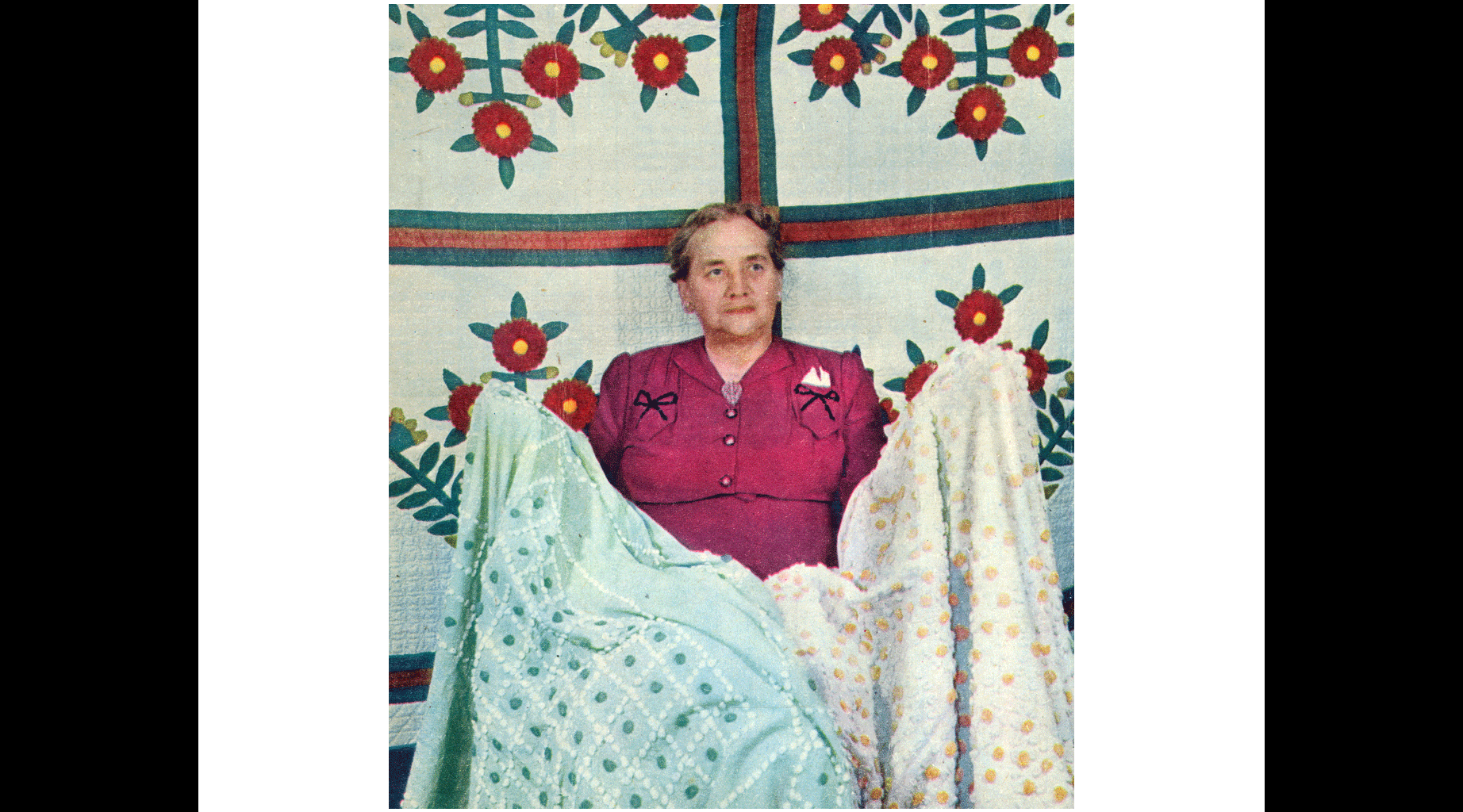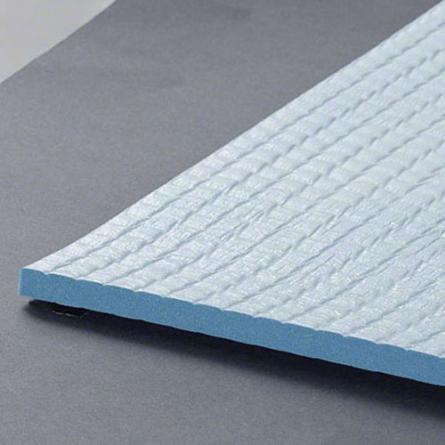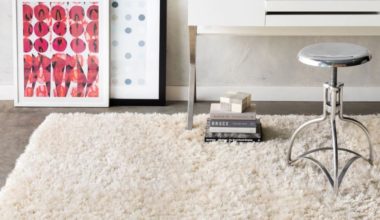With the influence of digital technology on the industrial world today, it is easy to forget that many of the processes employed by modern businesses evolved out of the traditions of handmade crafts and cottage industry efforts. The tufting and carpet industry is one business that owes much of its modern success to the ingenuity of the Northwest Georgia region. With the help of women such as Catherine Evans Whitener, the chenille bedspread industry became a staple for the regional economy and paved the way for the emergence of a multi-million dollar carpet industry in Dalton, Georgia, an industry that forever changed the face of the region. This exhibition explores the deep ties between the handicrafts of Northwest Georgia families and the carpet industry as we know it today.
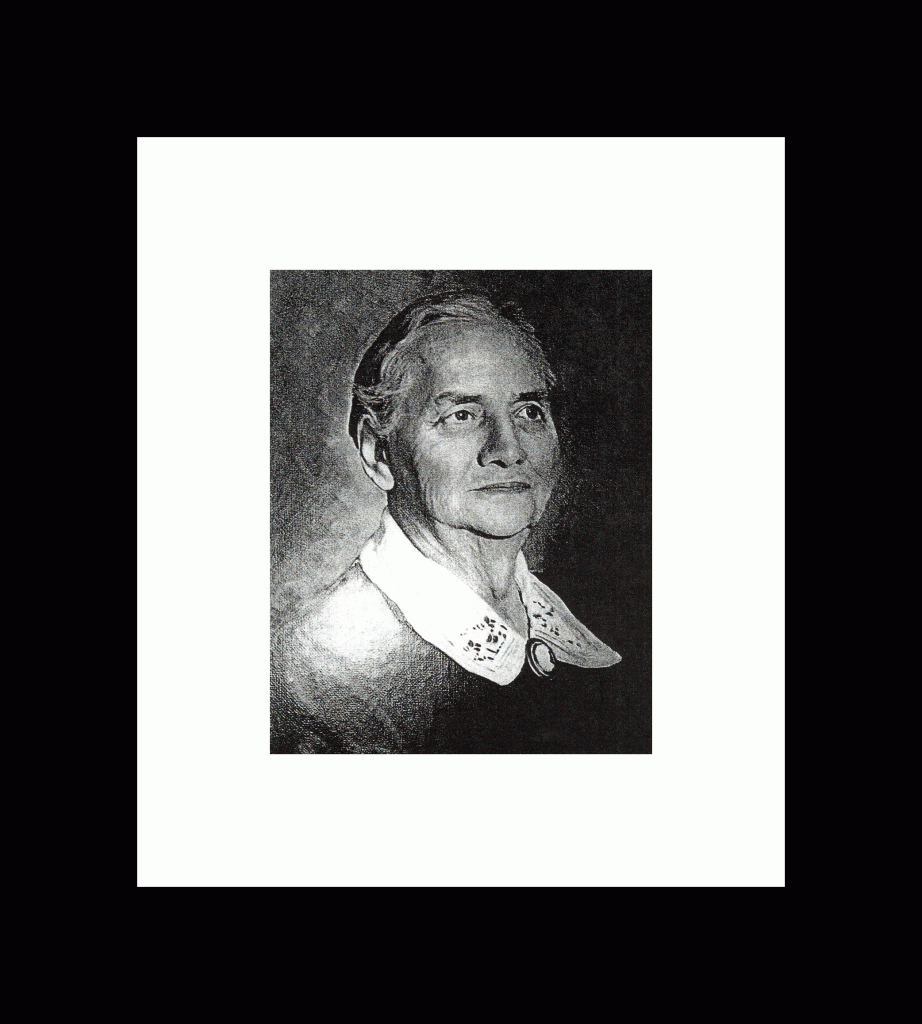
Born on August 10, 1880, Catherine Whitener, nee Evans, was fascinated early on with bedspreads after seeing a heirloom candlewick bedspread in a relative’s home. Only a few years later, Whitener decided to try and stitch her own bedspread, and even though she did not have much time after completing her farm chores, she succeeded.
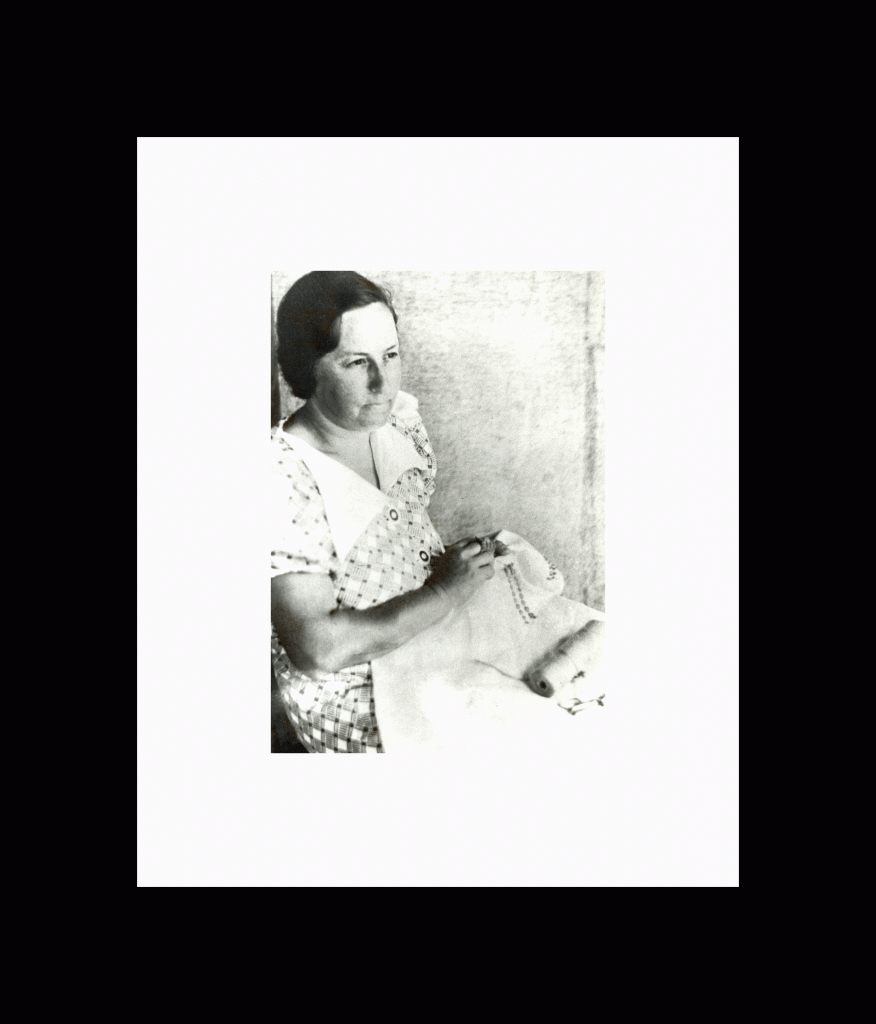
Tufting provided many women with means of earning money while also being able to tend to their children at home. Often they would trade designs and divide the work among each other.
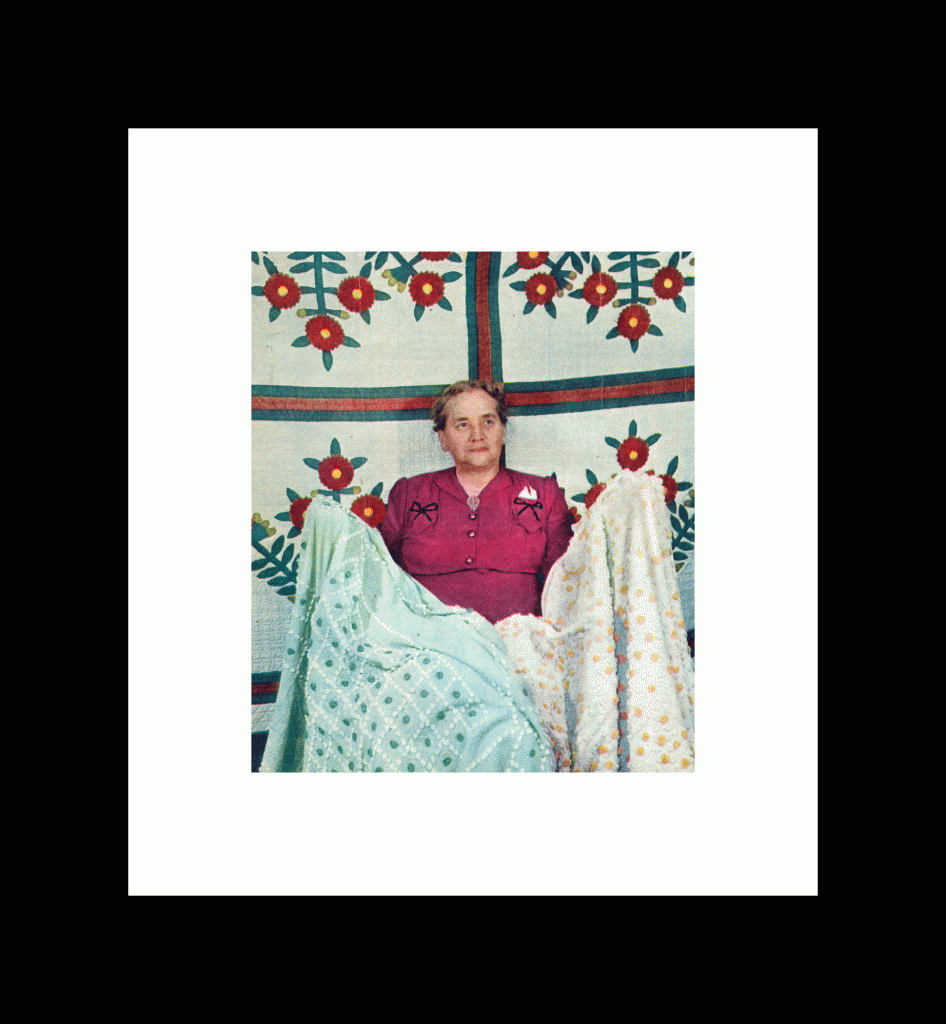
After her business increased, Whitener started not only to stamp patterns for customers to complete themselves, but she also shared patterns and techniques with women who offered to finish it for her before selling the bedspreads. Once the stitching was completed, Whitener boiled the bedspread and then dry it on clothes lines.

Often times finished bedspreads were hung on clothe lines to dry and became a landmark along Georgia’s Highway 41.
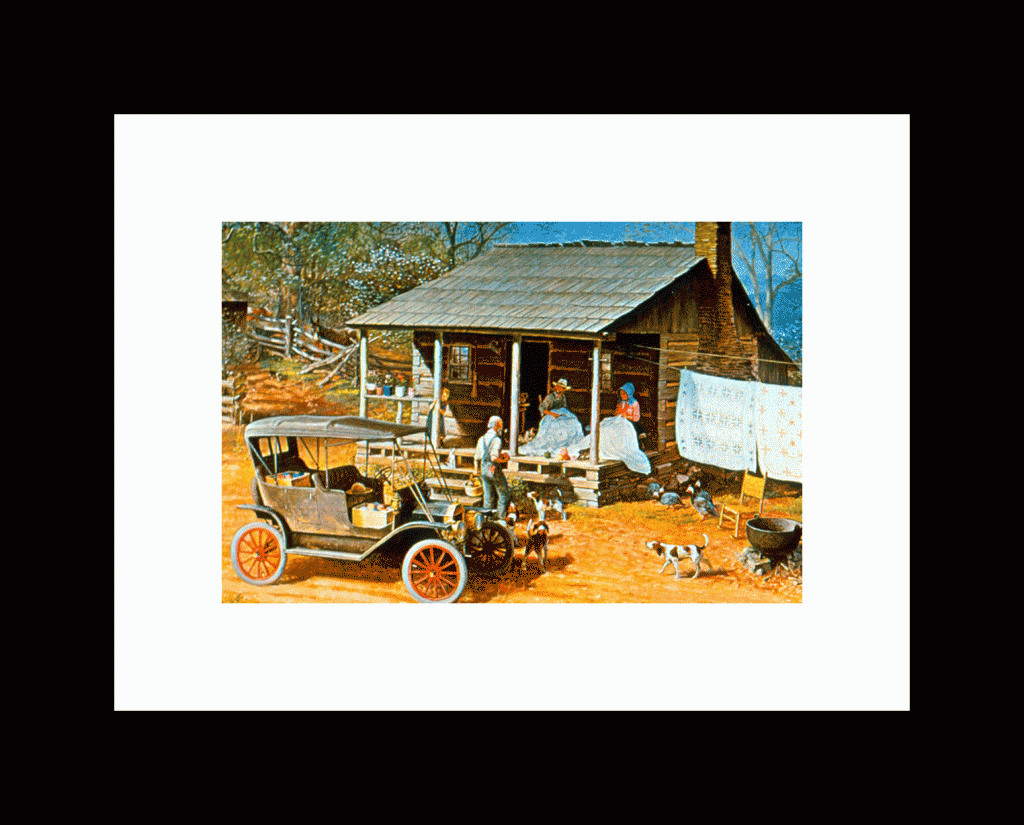
Originally bedspreads were done with white yarn on white spreads. Upon request from locals, Whitener inquired for dye from Rhode Island company which allowed here to also make colorful bedspreads. Because of an increased demand in dye and yarn, the local cotton mill and a later opened dye plant in Chattanooga profited from Whitener’s initiative in the industry.
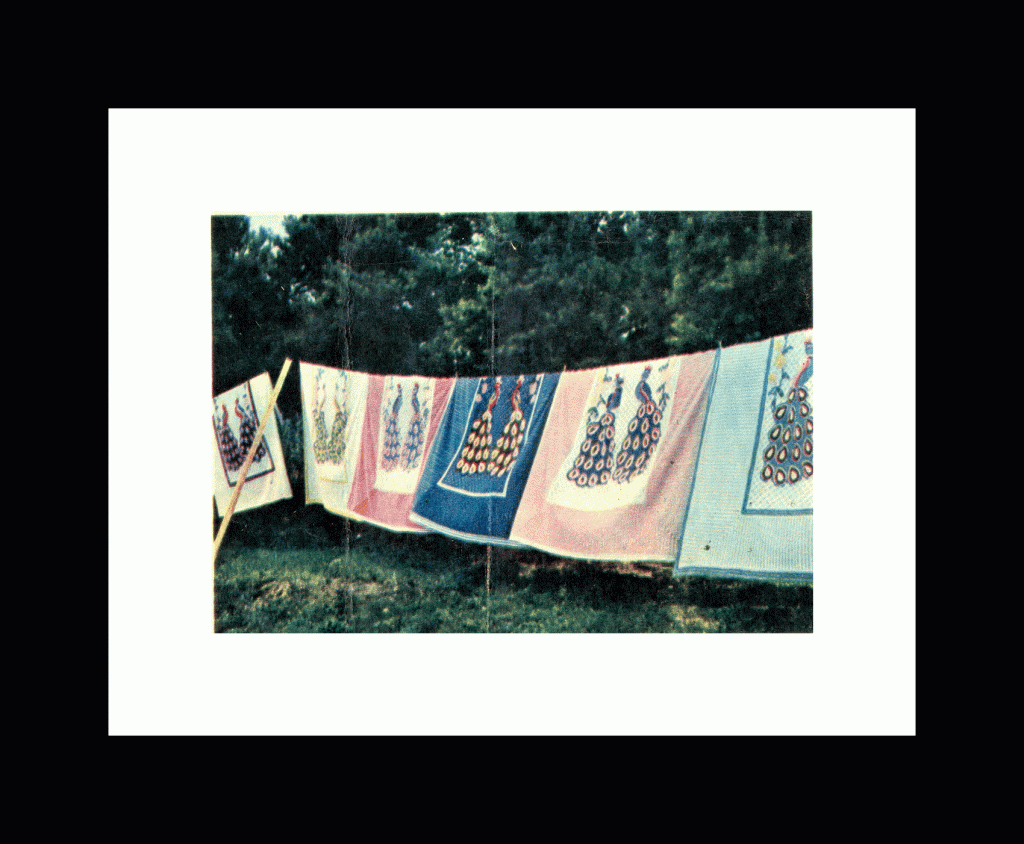
As Whitener’s success increased, new designs and techniques were deployed to offer a variety to customers. The raised designs from tufts of thick yarn came to be called chenille, from the French word for caterpillars. The immensely popular Peacock pattern outsold the other designs by twelve to one. Tourists loved the bright gaudy pattern and it was a local joke that only Yankees bought the Peacock bedspreads. A special spread in the traditional white on white pattern was ordered for Scarlett O’Hara’s bed in the Gone With the Wind film.
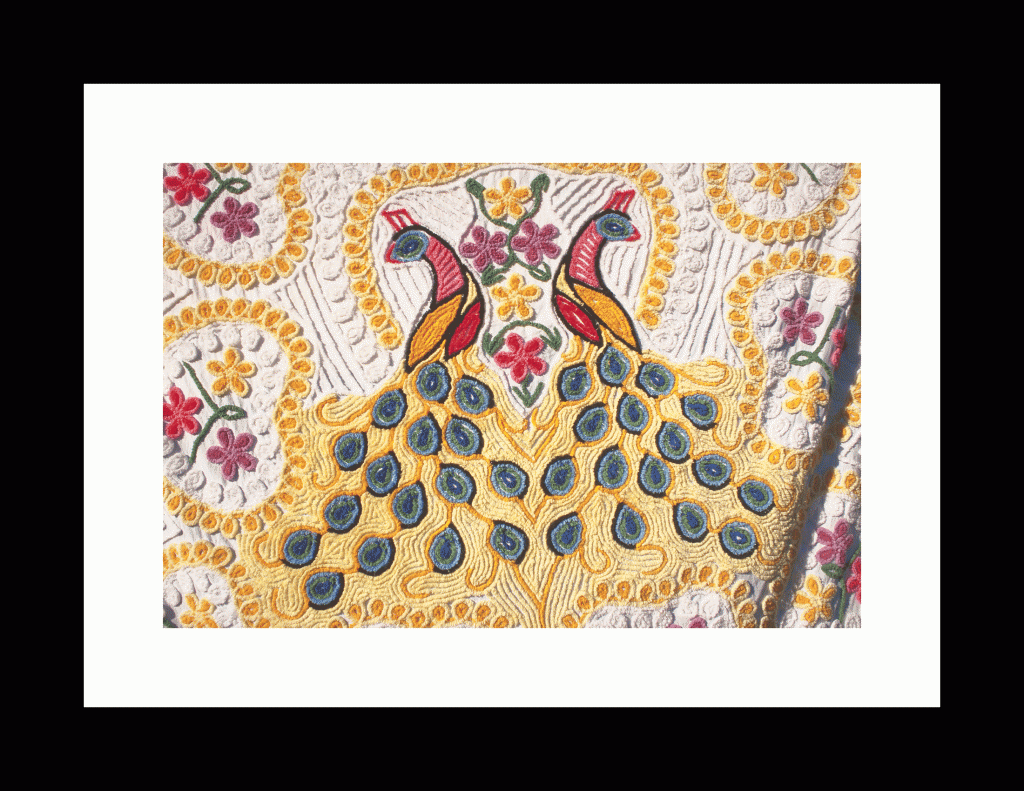
Another example of the increased settlement of industries is the Singer Sewing Machine Company in Chattanooga, Tennessee. Equipped with 1,500 needles, one sewing machine could make parallel rows of tufting. Providing the region with laundries, printing shops, box factories, and transportation opportunities, manufacturers were able to send finished to Marshall Field’s of Chicago, Wanamaker’s of Philadelphia and Rich’s of Atlanta among other locales. Whitener made a huge difference in women’s lives, providing a home based occupation that would give them economic freedom.
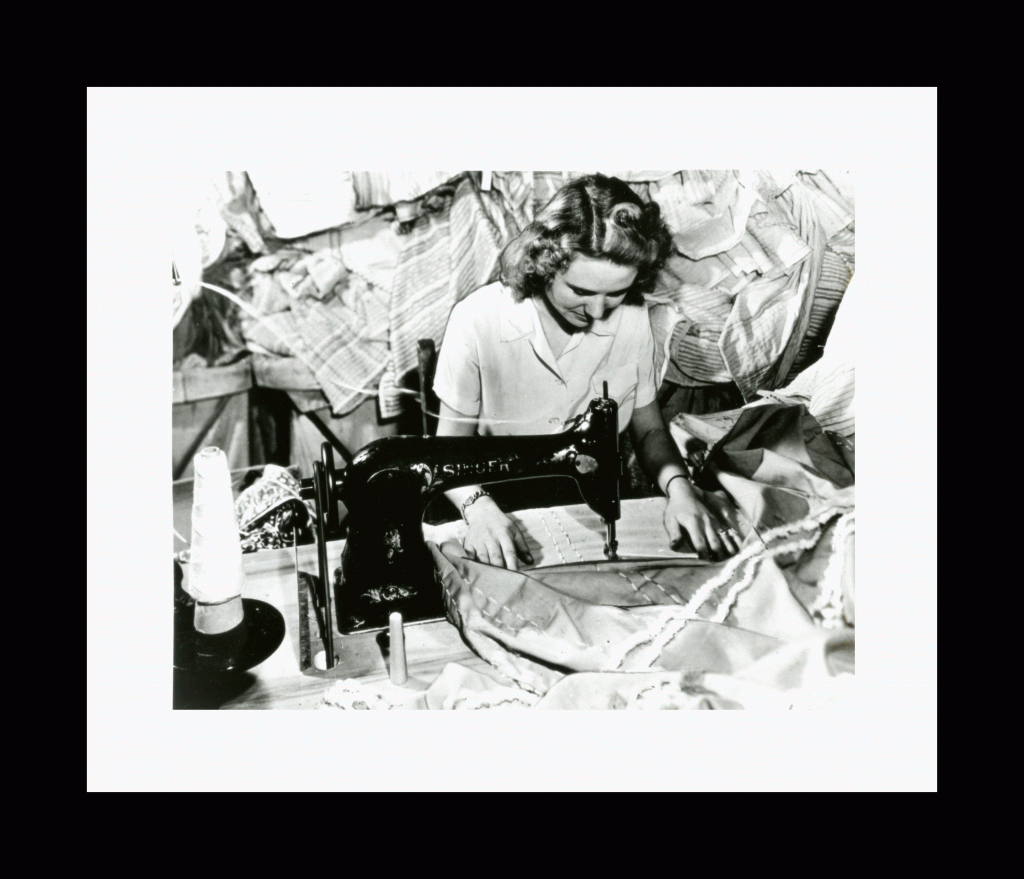
Through the continuous generosity, Whitener played an essential part in the development of the carpet industry in the Dalton area. Along with recommendations of friends, newspaper advertisements were important in boosting sales.
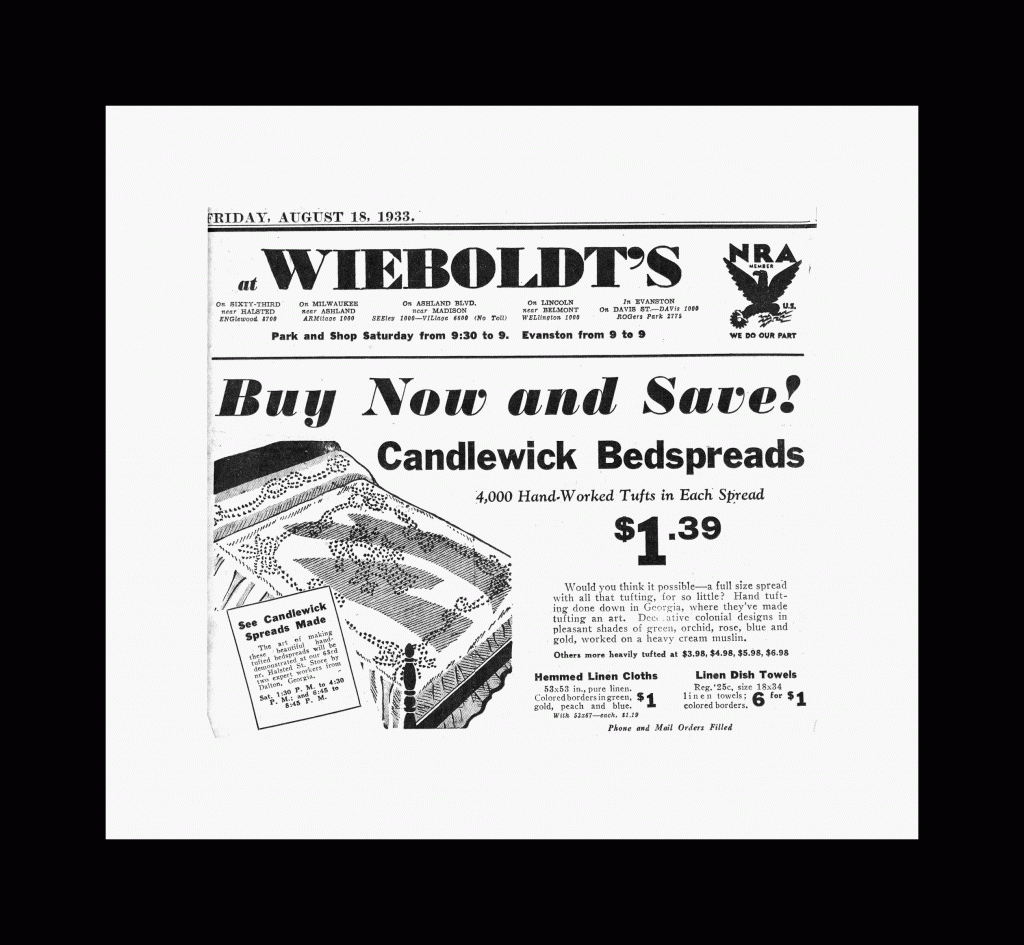
Even through the Depression, tufting was successful enough to provide women and men alike with an income. In 1933, the National Recovery Administration (NRA) Tufted Bedspread Code encouraged minimum wage standards and regulations on working hours which eventually ensured the survival of the industry. However, in the course of a few years women started protesting. The wages they would receive while working from home were only about half of what a factory worker would earn.
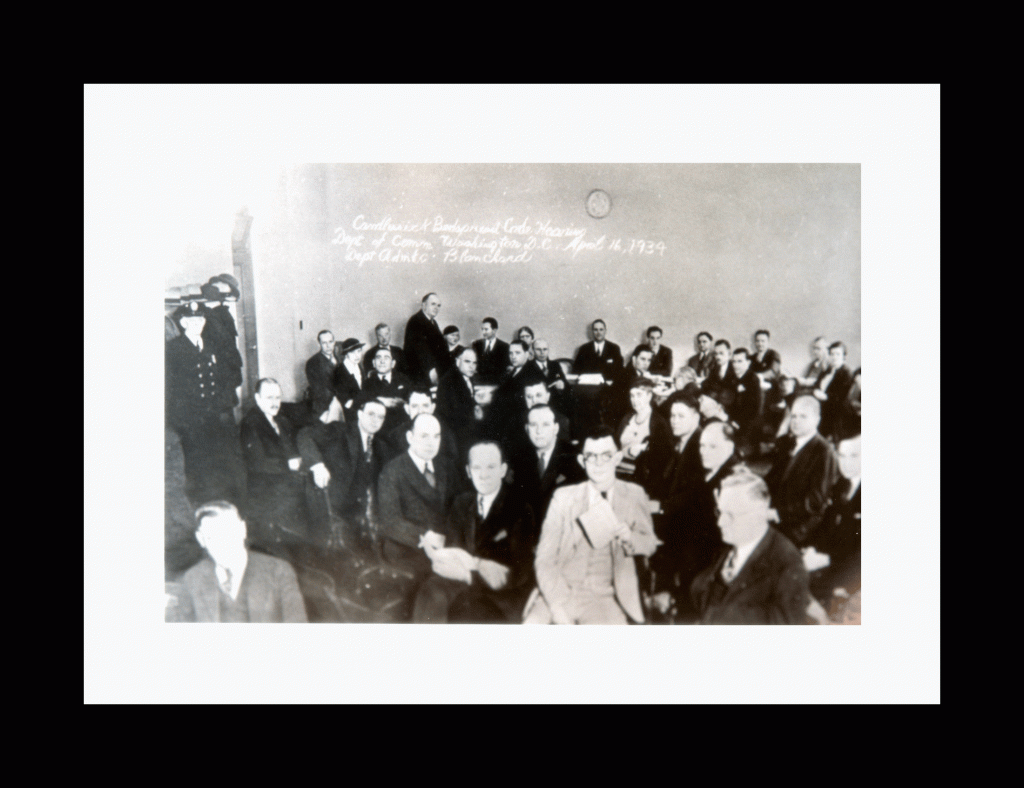
Not only did Whitener’s initiative provide herself with a source of income, the ever expanding business of tufting and carpet also created jobs for other women first in their homes and later also in factories.
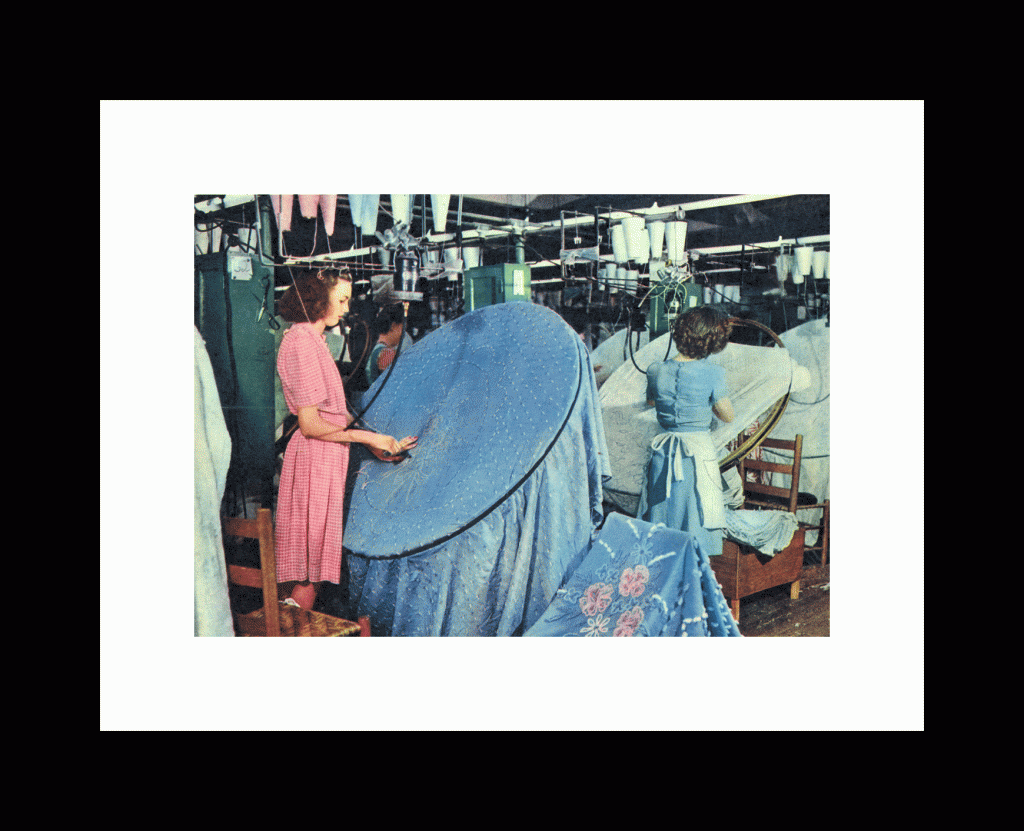
The development of bigger and more productive machines made the carpet production easier and more affordable for buyers. That also included the ability to make and then purchase wall to wall carpet.
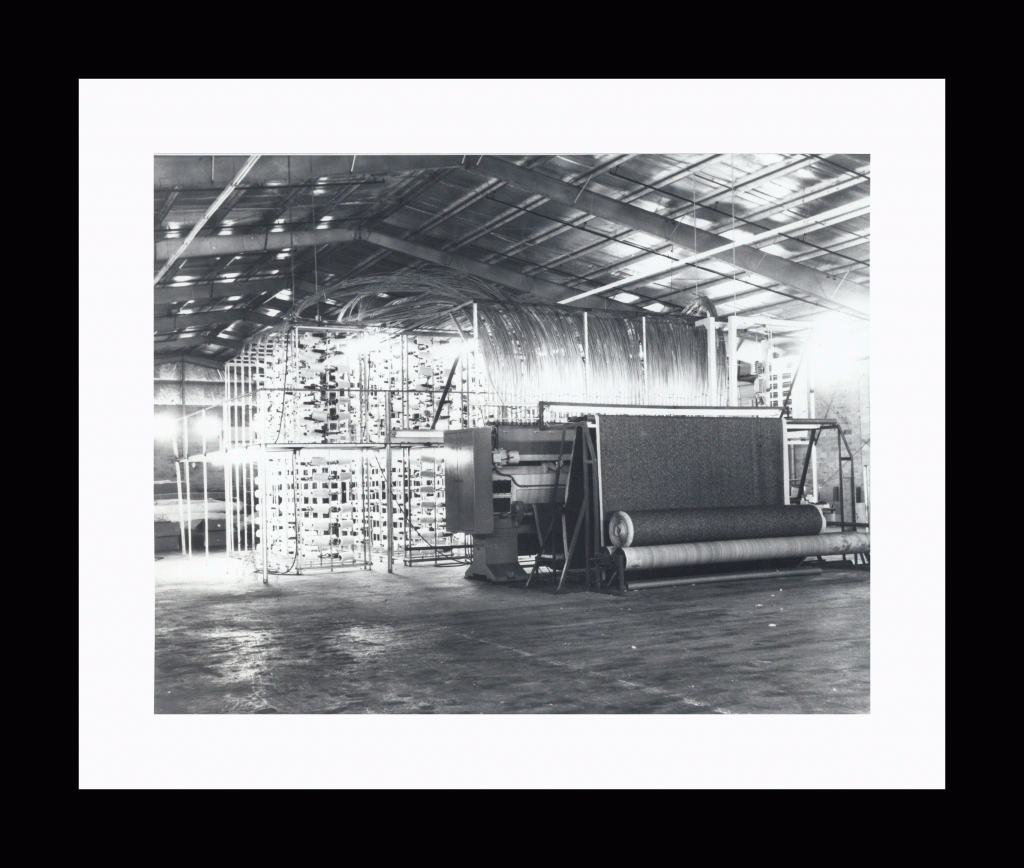
As the variety in designs increased and machinery became more refined in producing the bedspreads and rugs, the carpet industry gained a bigger prominence in Northwest Georgia’s landscape.
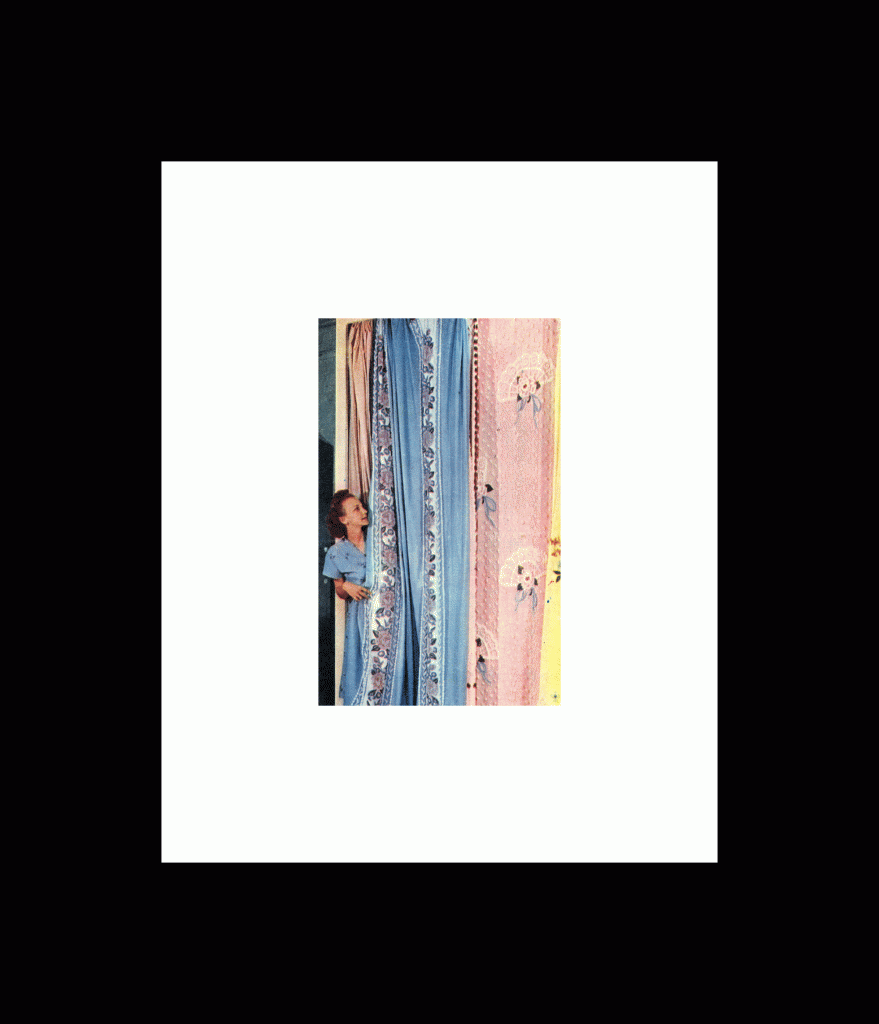
Catherine Evan Whitener’s influences are broad and deep. Through her ingenuity a local handcraft evolved into a national industry. The tufted carpet industry is the only large industry started by women, and among others, resulted in chenille bedspreads being a collectible folk art. Through her creations, industrialization in the Northwest Georgia area provided many people with jobs moving them from a farm to the town, and also gave women financial independence while working from home.
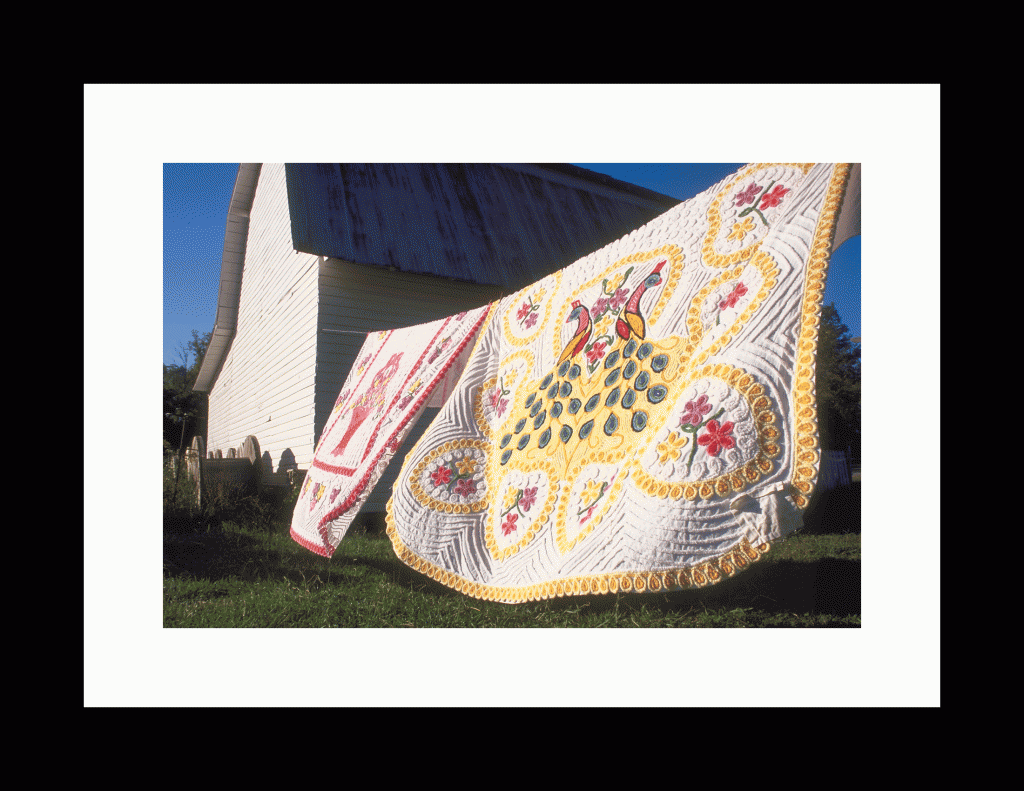
All photos and information above is courtesy of The Bandy Heritage Center for Northwest Georgia.
